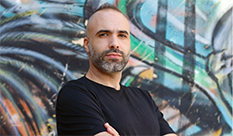More:
Research & Labs
The research is about the recent and hot topic of light-matter interaction in nanoscale and low-dimensional structures. The study presented quantum phenomena related to light-matter interaction that are of importance for both fundamental physics and technological applications, which are of big interest for the current quantum information processing.
We are aiming to manipulate matter in the microscopic quantum regime, with various tools of controls. Projects that are currently under the focal point of attention are quantum control of open quantum systems, the cooling of molecular systems by multi-cycle light excitation-decay processes, simulating the spatial dynamics of the strong field dissociation of small molecules, and estimating the controllability of weakly linked sub-systems within a large Hilbert space.
The field of molecular-scale electronics has been rapidly advancing over the past two decades. Plasmonics and metamaterials provide great promise o achieve dramatic enhancement of optical processes and to develop super-resolution imaging, optical cloaking, etc. However, metallic inclusions in meta-materials are sources of strong absorption loss. In this relation in our group we develop polaritonics based on organic materials including polariton chemistry.
(Prof. Alla Zak)
The lab is intended to synthesize the perfectly crystalline nanomaterials in pure phase. Being of nanosize and tubular shape (nanotubes) these materials demonstrate unique mechanical and optoelectronic properties towards numerous applications, from reinforcement of polymers (for armor or medical devices) to renewable energy sources.
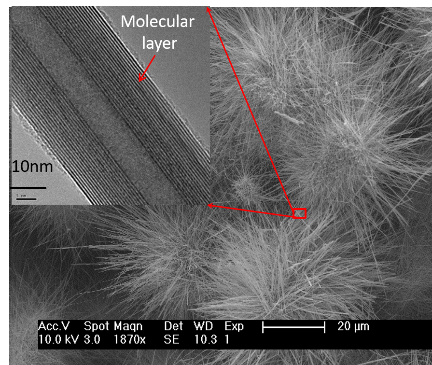
Inorganic Nanotubes: 100 nm in diameter and 50 µm in length
(Prof. Lev Rapoport and Dr. Alexey Moskovich)
Friction and wear behavior of nano-materials, coatings and thin films are studied in the lab. Also studied is the stick-slip phenomenon and wear maps were developed. The potential use of WS2 nanoparticles as solid-state lubricants was discovered in the laboratory.
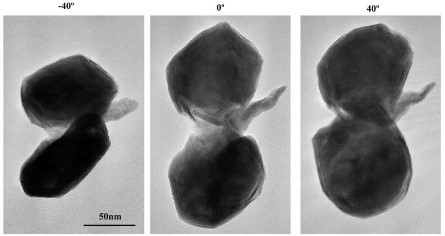
Fullerene-like WS2 nanoparticles under compression
(Dr. Alex Laikhtman and Dr. Igor Lapsker)
A variety of samples can be imaged by the AFM DI 3100 instrument: from single nanoparticles to Si wafers. The Micro-Raman Spectrometer is used for study of chemical structure of micro- and nanoparticles, by measuring Raman-active optical phonons.
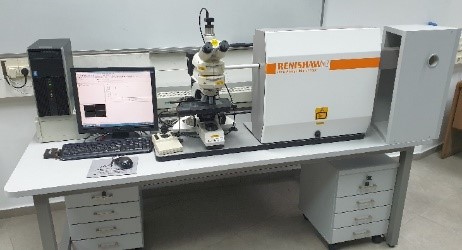
Enishaw Invia Micro-Raman
(Prof. Amnon Fruchtman and Dr. Gennady Makrinich)
Plasma is investigated for electric propulsion of space vehicles. Recently the use of oscillating electric and magnetic fields for mass separation is also explored.
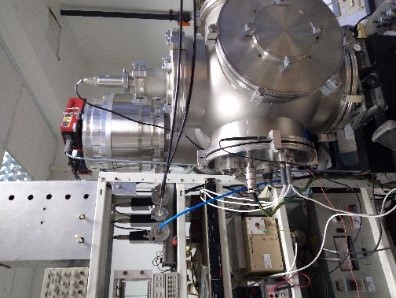
The vacuum chamber inside which a plasma is generated
- News & Events
Five thousand atoms are all you need: The final piece of the ferroelectricity puzzle
The prestigious scientific journals Nature Electronics and Nature Communications, have reported on the progress made by a joint research team from Israel and China, confirming that a structure with as few as 5000 atoms (10nm...



